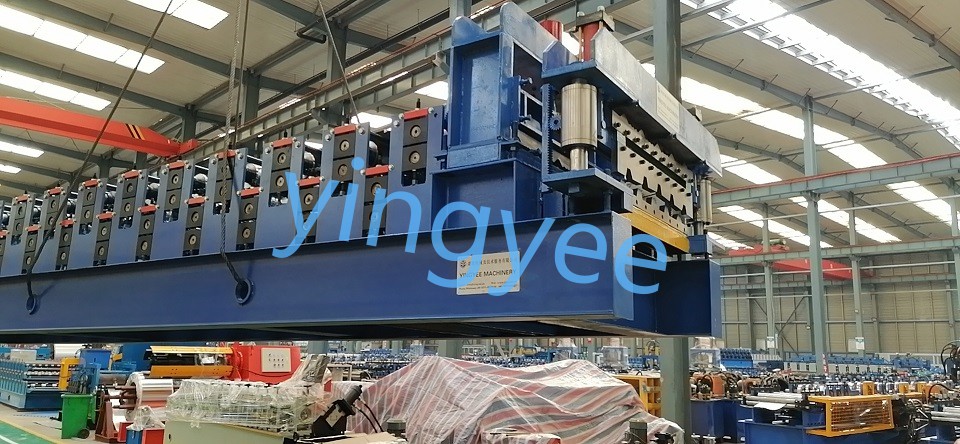
Cold Roll Forming Machinery An Overview
Cold roll forming machinery represents a pivotal technology in the metalworking industry, enabling the production of complex shapes and profiles with precision and efficiency. This process involves the continuous bending of metal sheets or strips at room temperature, creating various products used in construction, automotive, and manufacturing sectors. The technique is valued for its ability to create high-strength components while minimizing material waste and reducing production costs.
One of the primary advantages of cold roll forming is its versatility. The machinery can be designed to produce a wide range of profiles, from simple channels and angles to intricate sections that meet specific engineering requirements. By employing different roll designs, manufacturers can tailor the output to suit various applications, ensuring that each component is fit for its intended use. This customization is particularly advantageous in industries like construction, where structural components often need to meet stringent safety and regulatory standards.
The mechanics of cold roll forming involve feeding a flat metal strip into a series of rollers, each progressively shaping the material as it moves through the machine. This process not only helps maintain the integrity of the metal but can also enhance its mechanical properties. The rolling process introduces work hardening, which increases the strength of the material without the need for additional heat treatment. As a result, products formed through this method are often stronger and more durable than those produced through traditional manufacturing techniques.

Efficiency is another hallmark of cold roll forming machinery. The continuous nature of the process allows for high production rates, making it suitable for large-scale manufacturing. Additionally, because the material is shaped without being heated, the energy consumption is typically lower compared to hot forming methods. This attribute not only contributes to lower operational costs but also makes cold roll forming a more environmentally friendly option by reducing energy usage and waste.
Moreover, advancements in technology have continually improved the capabilities of cold roll forming machinery. The integration of computer numerical control (CNC) systems and automation has enhanced precision and flexibility, allowing for quicker changeovers between different products. Modern machines can also optimize the roll forming process by incorporating real-time feedback systems that monitor material flow and dimensions, ensuring consistency in high-volume production environments.
However, while cold roll forming offers numerous benefits, it also presents some challenges. The initial setup costs for custom machinery can be significant, particularly for specialized profiles. Additionally, not all materials can be effectively processed using this method; for example, very thick materials may require pre-heating or cannot be formed at all. Companies must weigh these factors carefully when considering the implementation of cold roll forming in their production lines.
In conclusion, cold roll forming machinery is an essential technology within the metalworking industry, known for its efficiency, versatility, and ability to produce high-quality components. As industries continue to evolve and demand for diverse profiles grows, ongoing advancements in machinery design and technology will play a crucial role in shaping the future of manufacturing. By embracing these innovations, manufacturers can remain competitive while delivering products that meet the ever-changing needs of the market.